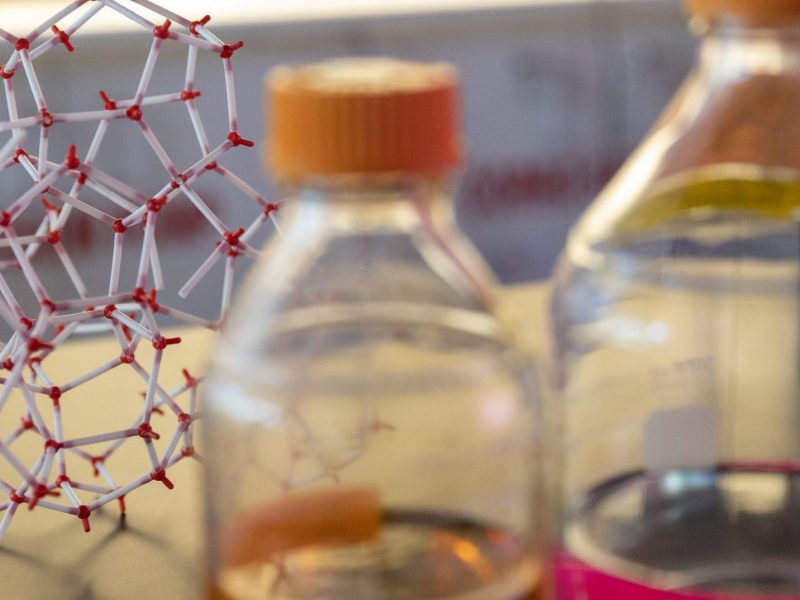Description
This technology leverages the dynamic mechanics of the protein titin, which is responsible for extremely rapid muscular motion, to develop a new generation of life‐like prosthetic and orthotic devices that require minimal sensing and that function reliably over a wide range of conditions utilizing the present actuator system. Compared to commercially available controllers for powered prostheses which depend on positive force feedback, this dynamic system emulates the frequency response of muscles, including the high-pass property that relaxes muscle force in the presence of low-frequency activity while at the same time providing a stiff response to high-frequency perturbations. This type of efficiency results in a more proficient and fluid actuator that can adjust to weight changes, unlike other actuators in use.
Additional information
Patent number and inventor
US 9,222,559 and 10,247,173
Kiisa Nishikawa and Theodore Uyeno.
Potential applications
An actuator such as this can be used in prosthetic limbs. These would make the movement of the artificial limb more fluid and human-like as well as give them an opportunity to adjust to changes in weight. Numerous other applications include moving parts in cars such as the clutch, engine, and brake systems, and in the engineering of airplanes and other heavy machinery that needs rapid and fluid movement.
Benefits and advantages
The relative advantages of the novel device over existing systems include a favorable strength-to-weight and power-to-weight ratio, dynamic stability to perturbations in load, low-dimensional control, use for the design of actuators with superior performance, and improved actuator performance.
Case number and licensing status
2008-006
This invention is available for licensing.

